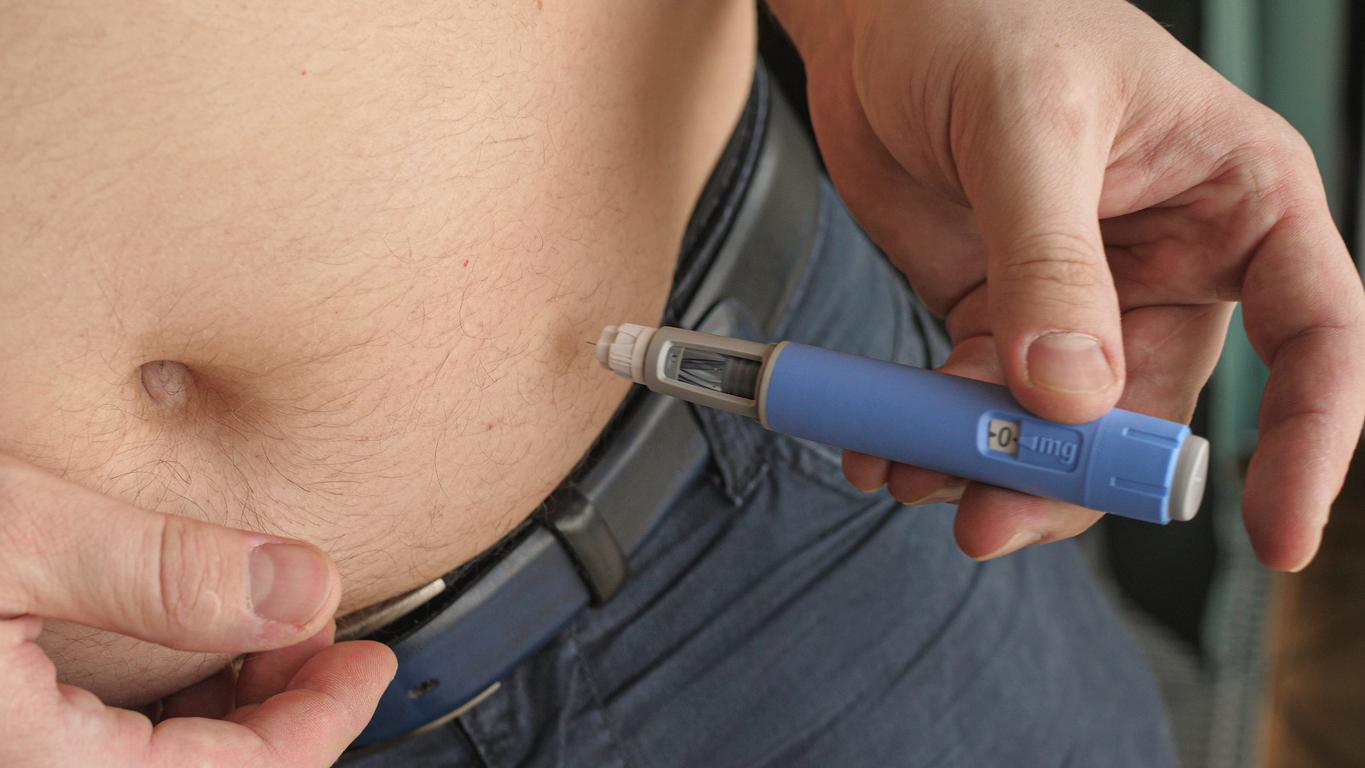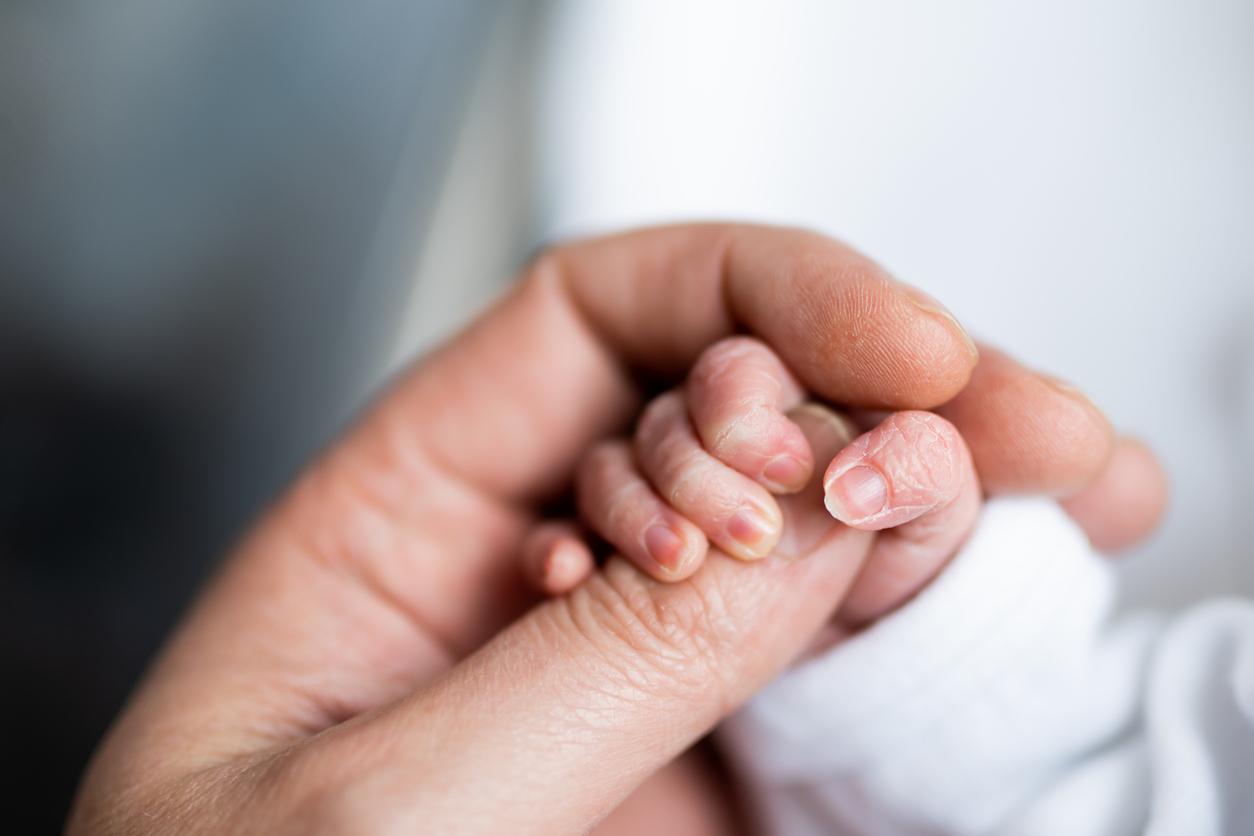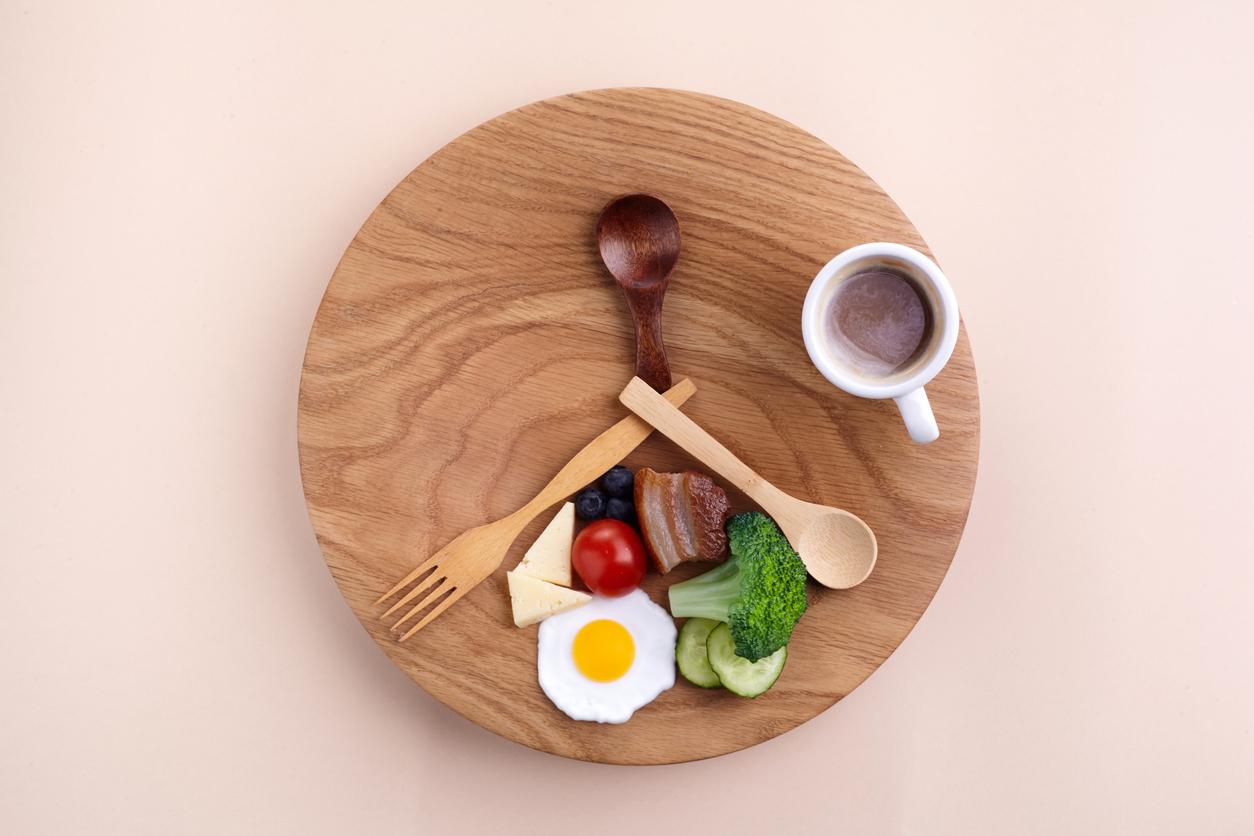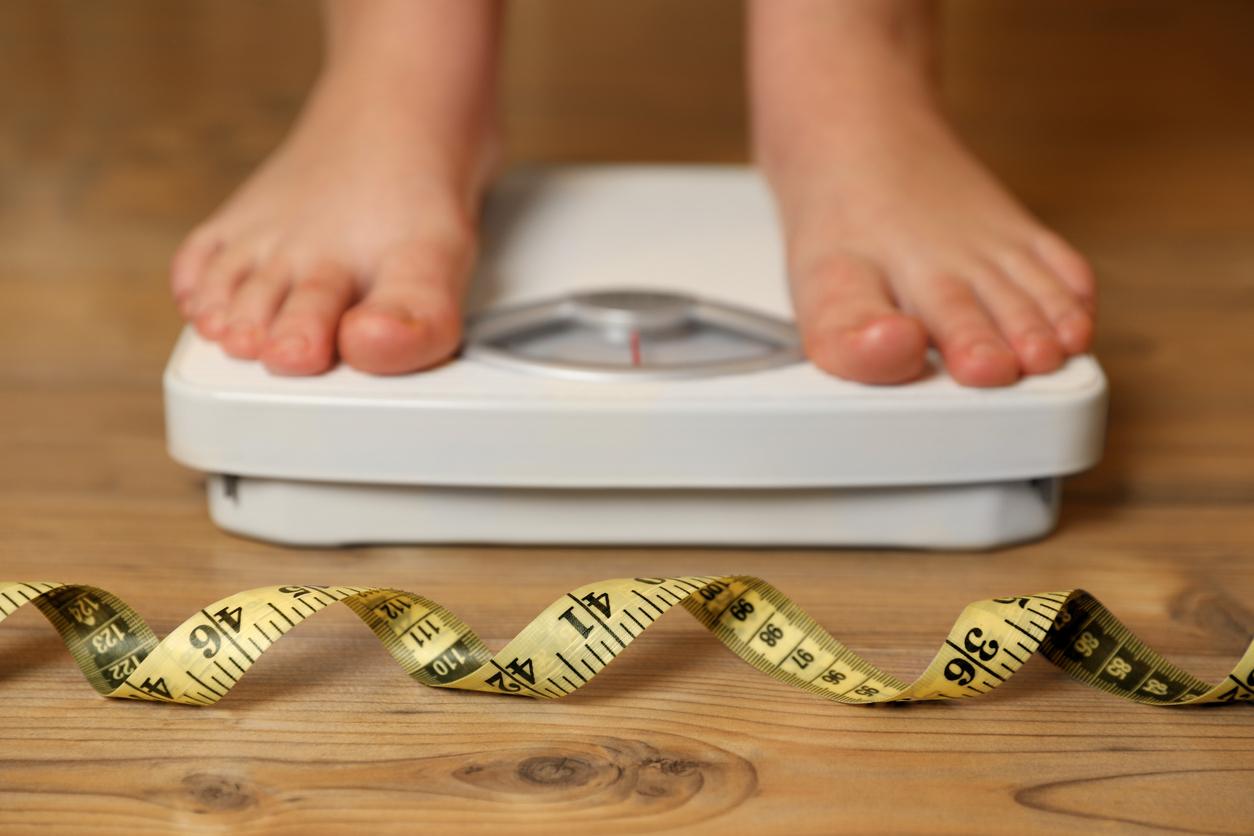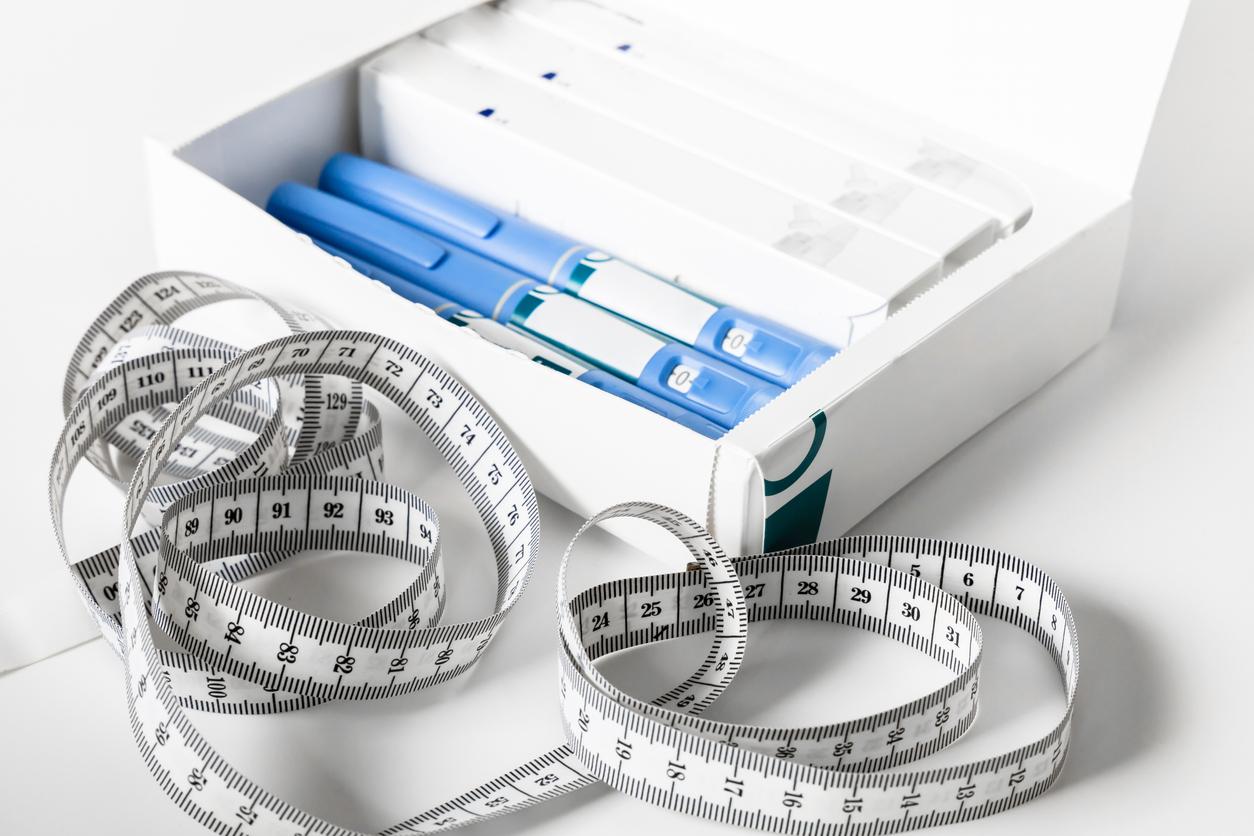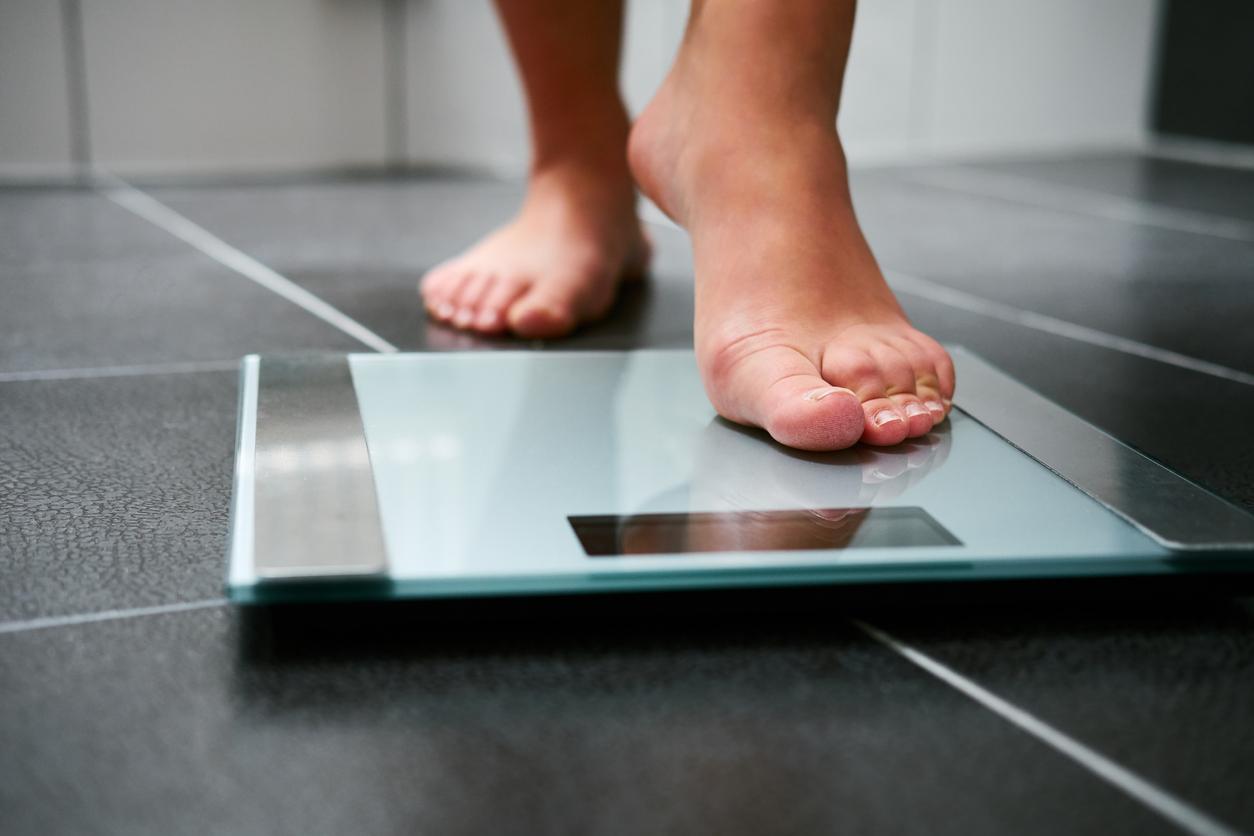Let’s take a look at the evolution of the silhouette over the past centuries to try to learn a lesson and see if there really is an ideal weight for women (or men). Contrary to popular belief, thinness or overweight have coexisted throughout history, with body models that have evolved.
The economic context has always been an important criterion since the greater the physical work, the lower the risk of overweight. It is our civilization and our society that regularly define a ideal model.
In the Paleolithic era, according to the rare images that exist, the woman is rather small with short legs and very generous curves. We would speak today of a real overweight.
The ideal female weight: a trend?
At neolithicfemininity is symbolized by oversized forms that embody sexual desire, but also motherhood.
Even if we are not completely sure of the reality of the obesity of these women during this period, the need to be fat will persist in many societies, such as in Amazonia where beauty is characterized by a heavy build.
It’s a bit the same thing in Japan where sumos are kings, or in black Africa where guru walla is practiced (this tradition consists of locking up a young male adult to make him consume a diet three times higher than what he usually eats; the more weight he gains, the more he is praised).
However, the ideal of beauty, and the woman’s ideal weight is not fixed and we find at the same period representations of much thinner women.
It was later, with the Greeks, that silhouettes built with geometric laws appeared. The Hellenic civilization, obsessed with figures, absolutely wanted to use them in all cases, including the body model.
The Venus de Milo has a generous chest and developed hips. She is not obese but busty. Moreover, in the Greek texts of the time, obesity is derided.
In the Middle Ages, the female body had a long belly, small breasts and generous hips, as if the maternity had again become the principal criterion of the feminine ideal.
To the Renaissance, the Greek model is making a strong comeback. If the shapes are generous, the silhouette remains slender. It is a period when it is possible to be both fat and thin, the two representations coexisting.
We celebrate, however, the busty women (Ronsard speaks of his mistress’s “smooth throat”).
This tendency to celebrate these two criteria of beauty changes at the beginning of the French Revolution. Elegance is now symbolized by thinness with, if necessary, dietary restrictions.
Rousseau, meanwhile, expresses his desire to rounder womenbut with a correct diet and above all physical exercises to facilitate motherhood and improve health.
The fat rich and the thin poor?
The 19th century was marked economically by the divide between the poor and the rich. The richness is associated with overweightthe slimming to the poverty.
Lfeminine ideal and the ideal woman weight are embodied by an hourglass type woman, narrow waist, wide pelvis, opulent breasts. The corset method is at its height.
Is the Twentieth century that begins theideal of thinness, which embodies sensitivity. In literary circles, we start fasting to lose weight. The woman becomes sporty, activethinner than the “bourgeoise”, a deleterious image of an inactive woman, totally submissive to authority and who thinks only of eating.
the feminism joins the slimming. The devaluation of the “big” has begun! The “boyish” model, with very masculine shapes, became the champion of the ideal of beauty. After the hourglass woman, here is the wife tube !
Towards the Fitness woman
Female shapes are back in fashion thanks to Hollywood movie stars: Marilyn Monroe is the perfect embodiment. It lasts a few years, but everything changes again.
In the years 1970, beauty queens are getting thinner and thinner. The dummies become the models of female representation and the ideal female weight, with a body almost impossible to achieve for almost the entire population.
Molded in their jeans, the bodies of boys and those of girls sometimes merge in advertisements. This model will be widely contested by campaigns against anorexiabut also by a part of society that finds it difficult to accept gender equality, which manifests itself through this image and which breaks the concept of the difference between men and women.
The resistance does not last long because a new model appears.
Today, the woman is not no longer just thin. She has to be athletic, muscular and undergoes the incessant pressure of a will which is in reality that of the community.
The pseudo-determination of the fight against obesity by public authorities, the proliferation of gyms, the promotion of health, the desire for eternal youth will probably install this image for the moment, relayed by fitness influencers who even come to give us nutrition course.
The evolution towards gender equality will bring out a female model, an ideal female weight, which, while being feminine, will be closer to the male figure. What do you think ?











